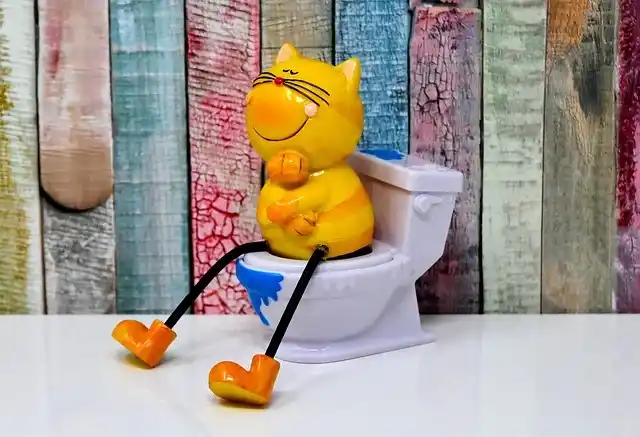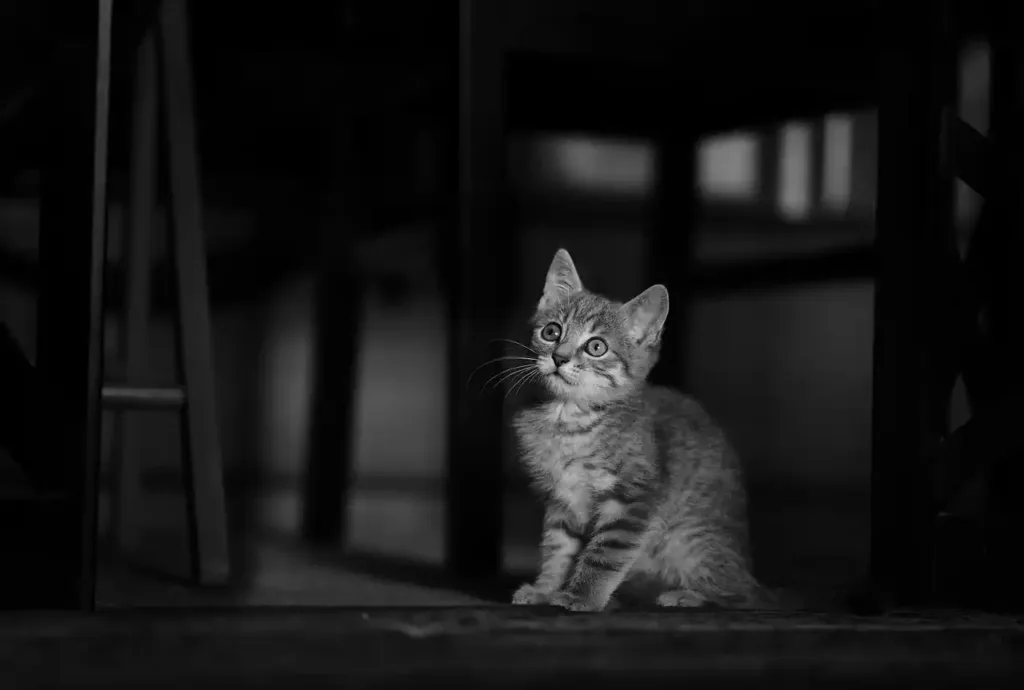
How to Train Your Cat for Litter: A Step-by-Step Guide for Cool Cat Owners
Welcome to KoolKattyFinds – where we make cat parenting as fun and easy as possible!
Cats are quirky little creatures, and teaching them to use the litter box doesn’t have to be a struggle. Whether you’re a first-time cat owner or you just adopted a furry friend from the shelter, getting your cat to use the litter box consistently is key to keeping things fresh (and your home smelling nice). Lucky for you, we’ve got the ultimate guide to help you train your cat for litter – no stress, no drama!
1. Set Up a Litter Box That Your Cat Will Love

Before you even think about training your cat, you need to make sure their litter box is the ultimate hangout spot (well, in a hygienic, not-so-gross way). Here’s what to keep in mind:
Location, Location, Location: Cats are picky about where they go to the bathroom. Find a quiet, low-traffic area of your home where your cat feels safe. Avoid places near their food or water bowls (gross, right?).
Right Size Box: Make sure the litter box is big enough for your cat to turn around comfortably. If it’s too small, your kitty won’t want to use it.
Litter Type: Experiment with different types of litter until you find the one your cat likes best. Some cats prefer clumping litter, while others prefer crystal or natural options. Don’t be afraid to try a few to see what works!
Cleanliness Is Key: Cats are clean creatures, so scoop out the litter box every day. Clean the whole box with soap and water weekly, and change the litter regularly. If the box is dirty, your cat might go on strike!
2. Introduce the Litter Box Early (The Sooner, The Better!)

If your kitten is young, it’s easy to get them used to using the litter box right from the start. Place them in the box after meals or naps so they can smell the litter and get familiar with it. Most kittens instinctively know to use the litter box, but showing them where it is will help reinforce the habit.
For adult cats, the process can take a bit more patience, especially if they were previously trained in another environment (like outdoors or on a different type of litter). But don’t worry – cats can adapt to new habits, especially with the right guidance.
3. Show Your Cat the Way (Literally)

When training your cat, you may need to lead them to the litter box a few times. If you notice your cat starting to do their business somewhere else in the house, gently pick them up and place them in the litter box. Cats often instinctively know what to do once they’re in the right spot.
Praise and Positive Reinforcement: When your cat uses the litter box, give them plenty of praise! Cats respond to positive reinforcement, so after a successful trip to the box, give them a treat or some love. You can even use a fun, soft voice to let them know they’re doing an awesome job!
After Eating or Sleeping: Kitties tend to need to go to the bathroom right after they eat or wake up, so if you’re working on training, these are the key moments to guide them to the litter box.
4. Troubleshooting Common Issues
Sometimes, your cat might have trouble with the litter box, and that’s okay. It happens. Here’s how to deal with a few common issues:
- Accidents Outside the Box: If your cat isn’t using the litter box and is peeing or pooping elsewhere, it might be because of stress, a dirty box, or a medical issue. First, rule out any health problems by visiting the vet. Then, check the box for cleanliness and make sure it’s in a quiet, private place.
- Not Liking the Litter: Cats can be picky about the texture and scent of their litter. If your cat’s avoiding the box, try switching to a different type. Sometimes, even a subtle change in litter can make a big difference.
- Multiple Cats: If you have more than one cat, consider getting a litter box for each kitty (plus one extra, just to be safe). Cats are territorial, and they may not want to share a box, so providing more options can help reduce accidents.
5. Stay Consistent and Patience Is Key

Training your cat takes time, and every cat is different. Some will get it right away, while others might take a little longer to adjust. The most important thing is to stay patient and consistent. Keep guiding them to the box, reward them when they succeed, and soon enough, they’ll have the litter box down like a pro.
Bonus Tip: Litter Box Alternatives
Some cats might have unique preferences when it comes to their bathroom setup. If your cat is extra picky or has special needs, there are some cool alternatives like:
Litter Box Furniture: If you’re all about that aesthetic, there are litter boxes that look like furniture (like benches or cabinets). They’re great for hiding the litter box and blending it into your home decor.
Self-Cleaning Litter Boxes: If you’re not into scooping, consider investing in a self-cleaning litter box. These can be a game-changer for keeping things fresh without the daily hassle.
